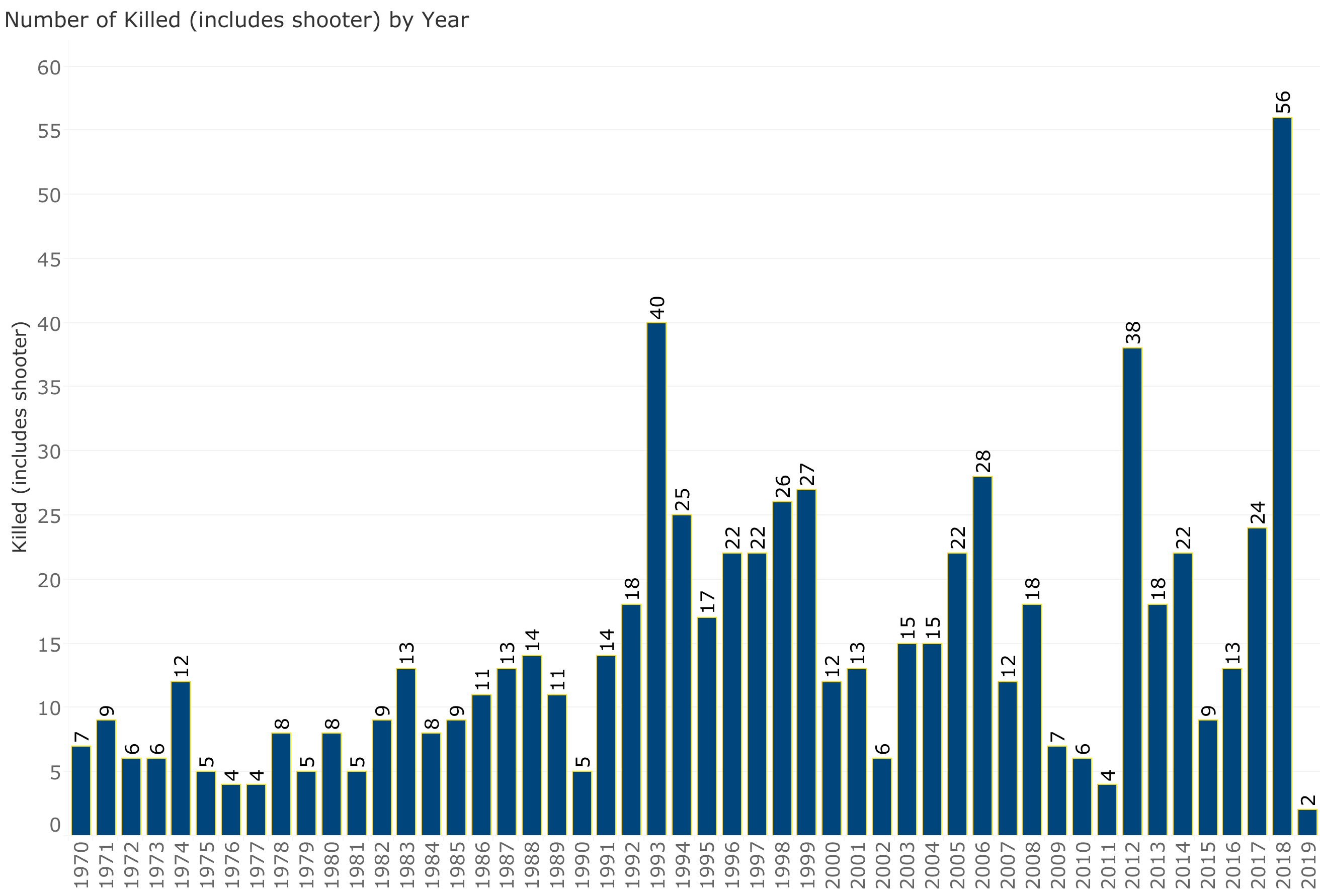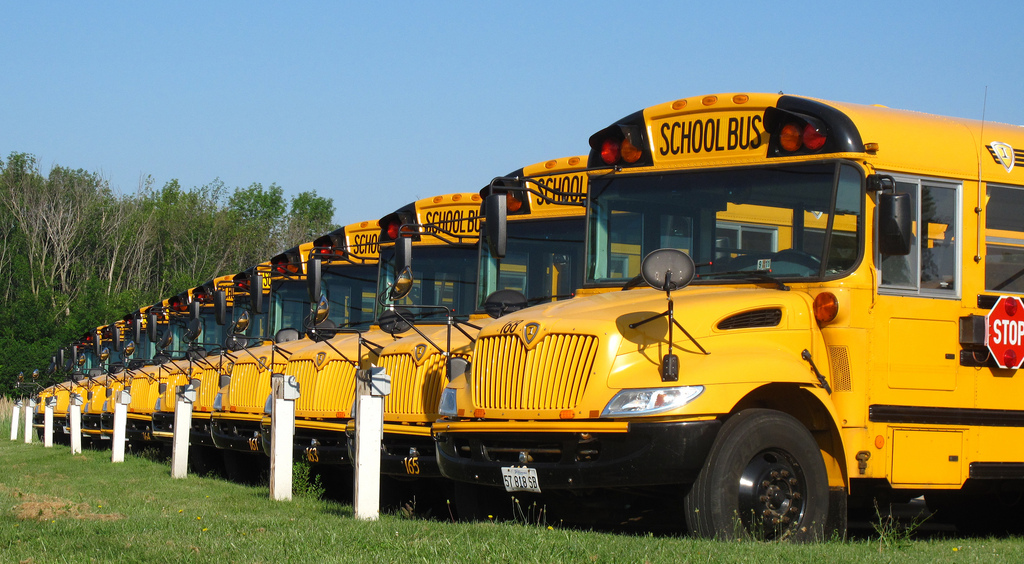Today marks the one-year anniversary of the Marjory Stoneman Douglas High School shooting, in which 17 students and teachers lost their lives. Yet, one year later, there are few reforms to show for a recurring problem that repeatedly puts our country’s children at risk. While some measures have resulted in reform, such as a bump stock ban and, at least in Florida, a three-day waiting period, we cannot wait for future school shootings to make the reforms to stop these tragedies.
 Fatalities resulting from a school shooting. Source: K-12 School Shooting Database.
Fatalities resulting from a school shooting. Source: K-12 School Shooting Database.
Last year alone, there were 97 incidents of a gun being brandished or fired on school grounds, resulting in 56 fatalities. In the majority of incidents, the shooter was a student at the school, and several were known to both the authorities and school personnel as being unstable. As a response, schools have adopted programs such as ALICE that replace typical lockdown procedures and involve throwing things at active shooters or learning how to grab a killer’s gun. Truncated to simple acronyms such as ABCS (avoid, barricade, counter, survive), these practices have made clinical a deeply traumatic experience for millions of school children each year. While some have explored the traumatic effects these drills have on children, many of the lasting effects are yet to be seen.
In the wake of the last few school shootings, lawmakers have begun to coalesce around bipartisan school reforms. Both Republicans and Democrats are focused on providing increased mental health resources to schools, a reform for which organizations such as the National Alliance on Mental Illness (NAMI) advocate. Student Assistance Teams (SAT), a comprehensive intervention system for struggling students, provides a much-needed support to schools. Schools need more resources, staff, and procedures to identify, target, and resolve student issues, and programs such as Family-School-Community Partnerships can both help provide those resources and place schools back at the center of towns and cities. More radically, school finance reform could ensure that every school can mount resources to support their learning community, increase the number of teachers (and their pay), train teachers, and ensure that no school is too crowded or teacher overwhelmed to provide for every child.
 Source: Edweek and Gallup Education
Source: Edweek and Gallup Education
Of course, a conversation about school shootings is not complete without reforms aimed at increasing gun safety. A number of model laws exist, such as background checks on all gun purchasers. Greater education and safety classes for gun owners, regulating firearm and ammunition sales, and issuing waiting periods for firearm purchases all seek to increase gun safety while protecting second amendment rights. Greater collaboration between schools and law enforcement can ensure that when students are at risk, there are resources to limit their ability to access guns.
Making schools an effective battleground, however, is unquestionably the wrong approach. Arming teachers, for example, undoes any sense of safety a student might have in a classroom, while systemic behavioral and mental health initiatives prove capable of benefiting all students. Guns in the classroom create fear, possibly counteracting the gains from increased mental and behavioral health resources in school.
We cannot wait until the next school shooting happens to make the comprehensive reforms necessary to prevent them. Children deserve stress-free learning environments that value learning and community. As David Hogg, one of the Marjory Stoneman Douglas survivors, noted, “You don’t get over something like this. You never can. You can’t get over something that never should have happened.” Let’s make sure it never happens again.

